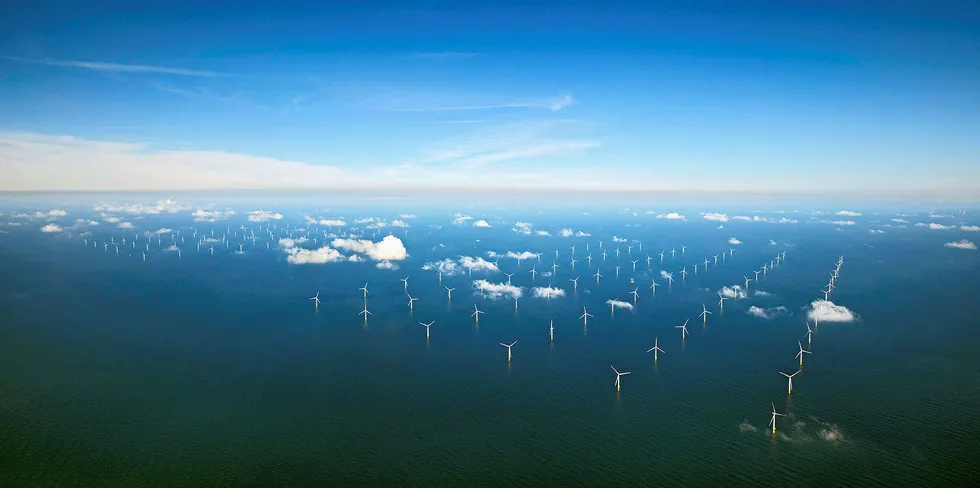'Financiers must be reassured offshore wind can still guarantee a good return'
Spectacular cost reductions have taken the sector to the brink of first zero-subsidy projects – but how to attract capital in a merchant market remains an open question, writes Simon Cox
